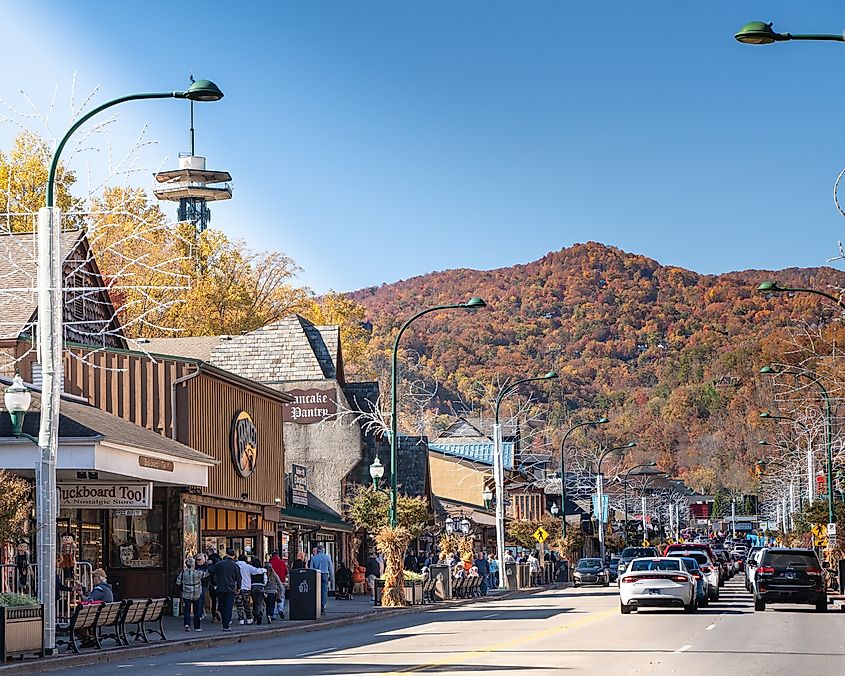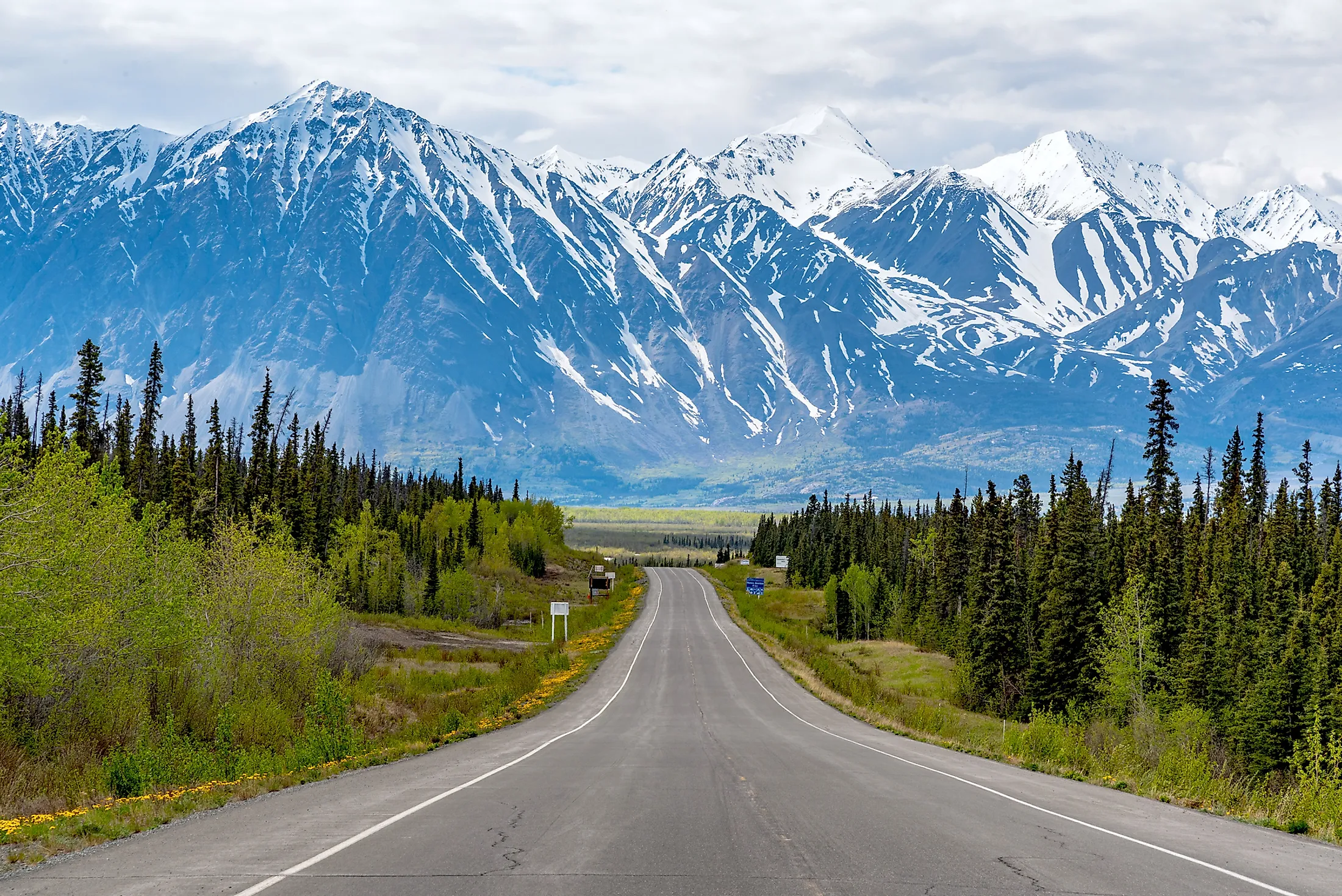Quirky Airbnbs: A Trippy Austin Home Where Right Angles Don’t Exist. Nestled in the Westlake Highlands of Austin, Texas, the Bloomhouse stands as a testament to architectural innovation and a rejection of conventional design, offering visitors an Airbnb experience unlike any other. This whimsical one-bedroom, one-bathroom home, conceived in the 1970s by University of Texas architecture students Dalton Bloom and Charles Harker, embodies a fairytale-like aesthetic, designed to foster peace, isolation, and harmony with the surrounding environment. The Bloomhouse is more than just a place to stay; it’s a habitable sculpture, a psychological shelter, and a canvas for the imagination.
The genesis of the Bloomhouse in the 1970s reflects a broader cultural shift towards experimental architecture and a desire to break free from the rigid confines of modernism. During this era, architects and designers began exploring organic forms, unconventional materials, and a more holistic approach to creating living spaces. This movement was fueled by a growing awareness of environmental concerns and a yearning for a deeper connection with nature. Bloom and Harker’s vision aligned perfectly with this zeitgeist, resulting in a structure that challenges perceptions and invites contemplation. As Harker stated in a 1979 Good Morning America segment, "The forms in the house are designed much like music, so that they form flowing lyric patterns," emphasizing the importance of creating a space that resonates with the soul.
The construction of the Bloomhouse, which took eight years, involved the use of then-uncommon materials such as polyurethane foam. This choice of material not only contributed to the home’s unique aesthetic but also allowed for the creation of fluid, organic shapes that would have been difficult to achieve with traditional building materials. Polyurethane foam, while offering design flexibility, also presented challenges in terms of durability and maintenance, requiring careful attention to ensure the longevity of the structure.
The Bloomhouse’s location in Westlake Highlands, a relatively secluded area at the time of its construction, further enhances its appeal as a sanctuary. However, the subsequent explosive growth of Austin has transformed the surrounding landscape, making the Bloomhouse an even more valuable oasis of tranquility amidst the urban sprawl. Despite the city’s expansion, the home’s large lot and lack of immediate neighbors continue to provide a sense of privacy and seclusion, drawing visitors seeking respite from the hustle and bustle of modern life.
In 2017, Dave Claunch and his wife Susan recognized the unique potential of the Bloomhouse and embarked on an 18-month renovation project to preserve its original charm while incorporating modern amenities. This careful restoration ensured that the home remained true to its artistic roots while providing guests with the comfort and convenience they expect from a contemporary Airbnb rental. The addition of West Elm furniture, a BBQ grill, and other modern creature comforts has transformed the Bloomhouse into a seamless blend of art and functionality.
Staying at the Bloomhouse is an immersive experience that transcends the typical Airbnb stay. The absence of right angles and the abundance of nooks and crannies create a sense of wonder and discovery, inviting guests to explore every corner of the home. The spiral staircase leading to the reading nook and balcony, the winding pathways connecting the living areas, and the whimsical design elements throughout the house evoke a sense of playfulness and imagination.
According to a recent report by the Austin Tourism Board, unique accommodations like the Bloomhouse have contributed significantly to the city’s appeal as a travel destination. "Approximately 15% of tourists visiting Austin are specifically seeking out alternative lodging options, and this segment has increased by 8% year-over-year," the report states. This trend underscores the growing demand for experiential travel and the desire for accommodations that offer more than just a place to sleep.
Furthermore, data from Airbnb indicates that properties with unique architectural designs and distinctive features tend to command higher occupancy rates and generate greater revenue compared to standard rentals. "Listings with unique design elements see an average of 25% higher booking rates and a 30% increase in revenue per available night," notes a senior analyst at Airbnb. This suggests that investing in distinctive properties like the Bloomhouse can be a lucrative strategy for homeowners and property managers.
The economic impact of quirky Airbnbs extends beyond the individual property owners. These unique accommodations often attract visitors who are more likely to spend money at local businesses, supporting the broader tourism industry. A study conducted by the University of Texas at Austin found that "tourists staying in unique rentals spend an estimated 1.8 times more at local restaurants, shops, and attractions compared to those staying in traditional hotels." This highlights the potential for quirky Airbnbs to serve as catalysts for economic growth and community development.
"The Bloomhouse represents a shift in how we perceive and interact with living spaces," says Dr. Emily Carter, Professor of Architectural Psychology at the University of Texas. "Its unconventional design challenges our preconceived notions of what a home should be, prompting us to reconsider the relationship between architecture and human well-being. The success of properties like the Bloomhouse indicates a growing desire for immersive, experiential travel that stimulates the senses and nourishes the soul."
However, the rise of quirky Airbnbs also raises questions about sustainability and responsible tourism. As demand for these unique accommodations increases, it is crucial to ensure that their environmental impact is minimized and that local communities benefit from their presence. This may involve implementing sustainable building practices, supporting local artisans and businesses, and engaging in responsible tourism initiatives.
Looking ahead, the trend towards quirky Airbnbs is likely to continue, driven by a growing desire for authentic, personalized travel experiences. As technology advances and design innovations emerge, we can expect to see even more creative and unconventional accommodations emerge, pushing the boundaries of what is possible in the realm of hospitality. This evolution will require a collaborative effort between property owners, designers, policymakers, and local communities to ensure that the benefits of quirky Airbnbs are maximized while mitigating any potential negative impacts.
The Bloomhouse, with its whimsical design and unconventional aesthetic, serves as a reminder that architecture has the power to transform our lives and inspire our imaginations. As the sharing economy continues to evolve and the demand for unique travel experiences grows, properties like the Bloomhouse are poised to play an increasingly important role in shaping the future of hospitality. By embracing creativity, sustainability, and community engagement, we can ensure that quirky Airbnbs continue to enrich our lives and contribute to a more vibrant and connected world.
The rise in popularity of these types of rentals also suggests a potential shift in the broader housing market, with more individuals seeking homes that reflect their unique personalities and values. According to the National Association of Realtors, "There’s been a 7% increase in homeowners willing to pay a premium for homes with unique architectural features in the last five years."
"We’re seeing a resurgence of interest in homes that tell a story, that offer something beyond mere functionality," notes Marcus Bellwether, Senior Market Analyst at Real Estate Insights. "People are increasingly viewing their homes as extensions of their identities, and they’re willing to invest in properties that reflect their individuality."
This trend could lead to greater diversification in the housing market, with architects and developers exploring new and innovative designs to cater to the growing demand for unique living spaces. It could also have implications for urban planning, with cities potentially embracing more eclectic and experimental architectural styles.
In conclusion, the Bloomhouse in Austin represents more than just a quirky Airbnb; it’s a symbol of architectural innovation, a testament to the power of imagination, and a harbinger of change in the hospitality and housing industries. As we move forward, it will be crucial to embrace the creativity and innovation that properties like the Bloomhouse represent while ensuring that their development is sustainable, responsible, and beneficial to all stakeholders.




